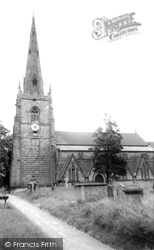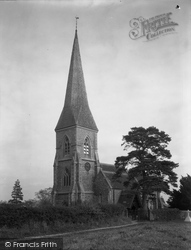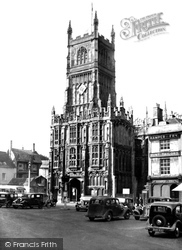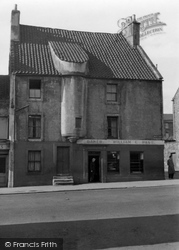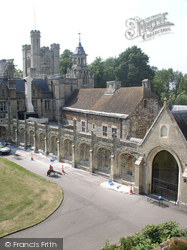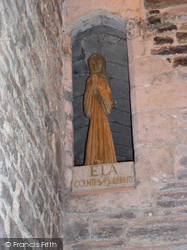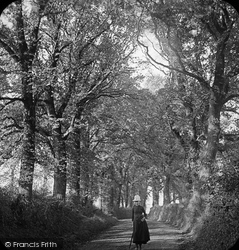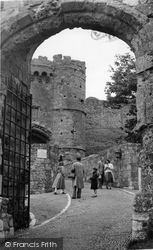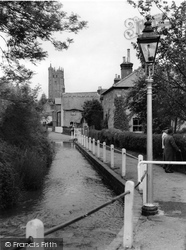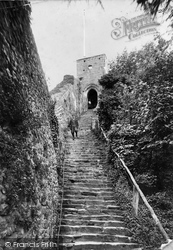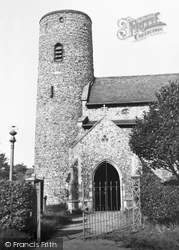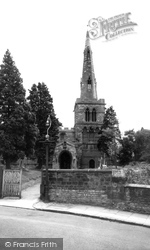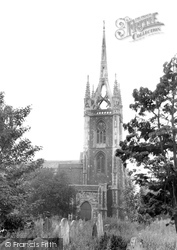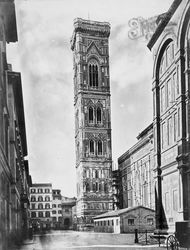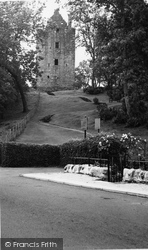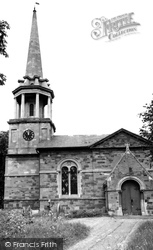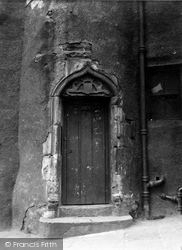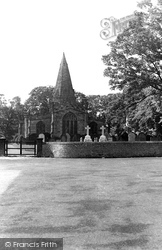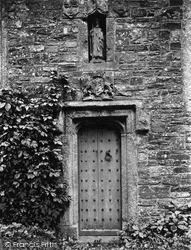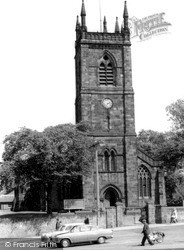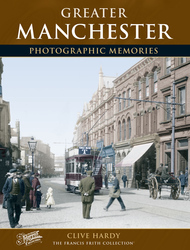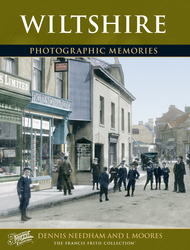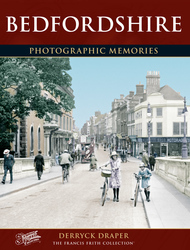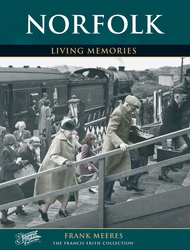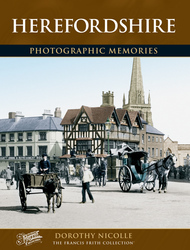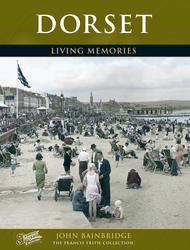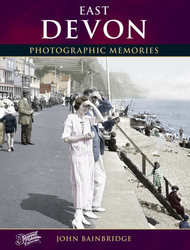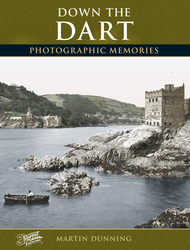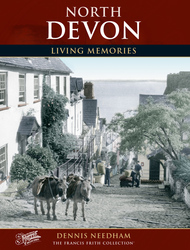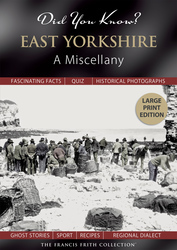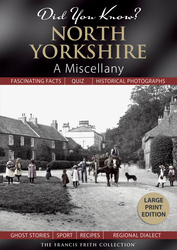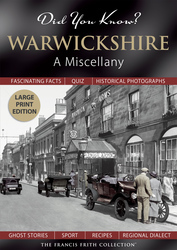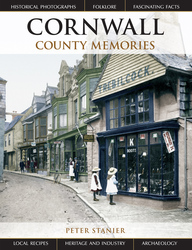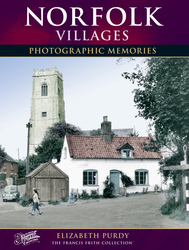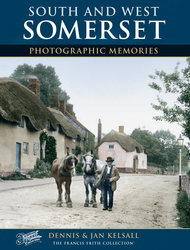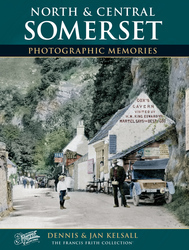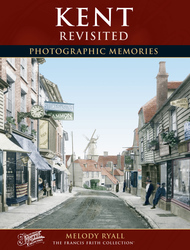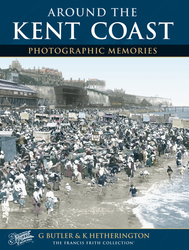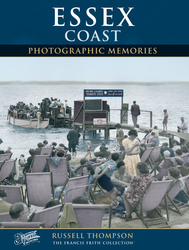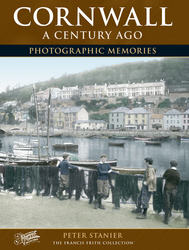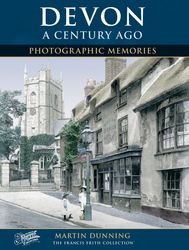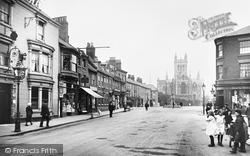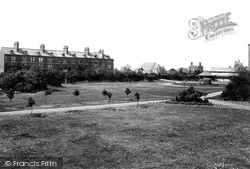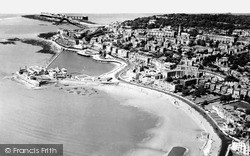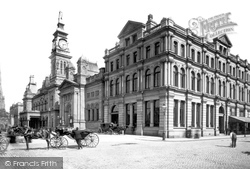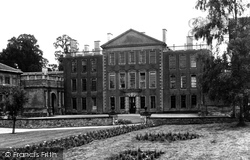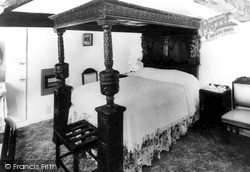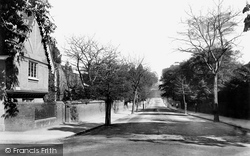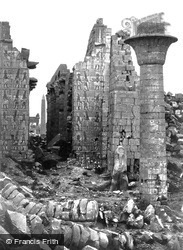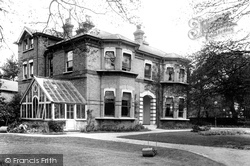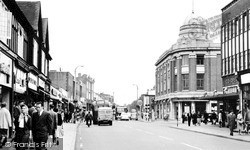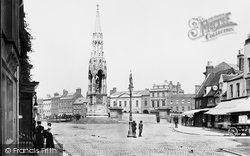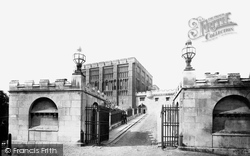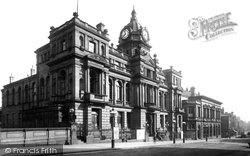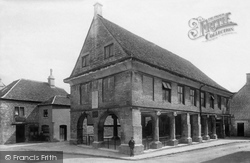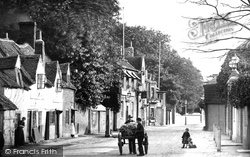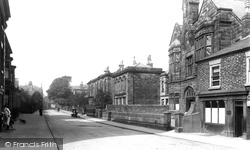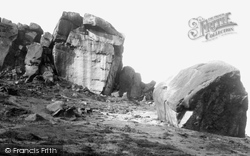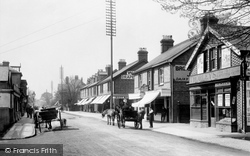Merry Christmas & Happy New Year!
Christmas Deliveries: If you placed an order on or before midday on Friday 19th December for Christmas delivery it was despatched before the Royal Mail or Parcel Force deadline and therefore should be received in time for Christmas. Orders placed after midday on Friday 19th December will be delivered in the New Year.
Please Note: Our offices and factory are now closed until Monday 5th January when we will be pleased to deal with any queries that have arisen during the holiday period.
During the holiday our Gift Cards may still be ordered for any last minute orders and will be sent automatically by email direct to your recipient - see here: Gift Cards
Places
36 places found.
Those places high-lighted have photos. All locations may have maps, books and memories.
- Shanklin, Isle of Wight
- Ventnor, Isle of Wight
- Ryde, Isle of Wight
- Cowes, Isle of Wight
- Sandown, Isle of Wight
- Port of Ness, Western Isles
- London, Greater London
- Cambridge, Cambridgeshire
- Dublin, Republic of Ireland
- Killarney, Republic of Ireland
- Douglas, Isle of Man
- Plymouth, Devon
- Newport, Isle of Wight
- Southwold, Suffolk
- Bristol, Avon
- Lowestoft, Suffolk
- Cromer, Norfolk
- Edinburgh, Lothian
- Maldon, Essex
- Clacton-On-Sea, Essex
- Felixstowe, Suffolk
- Norwich, Norfolk
- Hitchin, Hertfordshire
- Stevenage, Hertfordshire
- Colchester, Essex
- Nottingham, Nottinghamshire
- Bedford, Bedfordshire
- Bury St Edmunds, Suffolk
- Aldeburgh, Suffolk
- St Albans, Hertfordshire
- Hunstanton, Norfolk
- Chelmsford, Essex
- Bishop's Stortford, Hertfordshire
- Peterborough, Cambridgeshire
- Brentwood, Essex
- Glengarriff, Republic of Ireland
Photos
2,038 photos found. Showing results 81 to 100.
Maps
25 maps found.
Memories
Sorry, no memories were found that related to your search.
Captions
237 captions found. Showing results 97 to 120.
The abbey was founded by Benedict of Auxerre, who was instructed in a vision to go to Selebaie in England. Armed with one of the fingers from St Germain, Benedict set off.
Little can be appreciated of this magnificent burial chamber from this photograph. It is known as Hetty Pegler's Tump, and is in Gloucestershire.
At the time of this photograph, the prospect from the Pleasure Gardens then allowed a view of the fairly new Parish Church, but other buildings now obstruct it.
This aerial shot shows the whole of the northern part of the town. In the distance is Birnbeck Pier with the steamer jetty to the north, and the lifeboat slipway on the south.
It was thanks to the generosity of cotton manufacturer William Atkinson that Southport got a Free Library and Art Gallery; he paid for both of them.
The longest canal tunnel in Scotland is on the Union Canal. It was built because the Forbes family did not want Callendar House to look onto a canal. The tunnel is 630 metres long.
Aynho, on the Oxfordshire border south of Banbury, is a beautiful ironstone village dominated by its great mansion, Aynho Park House.
A bedroom of the Sun Hotel as it was in 1965. Unfortunately guests no longer have the opportunity of sleeping in such grand beds.
The building on the left in view 46642, left, is the Hermitage, home of Frederick Seebohm; very little of it still remains. Windmill Hill is just visible in the background.
This classic view of the castle contrasts the delicacy of the chapel, with its triple Gothic windows and pinnacled octagonal towers, with the somewhat more robust Windsor-like tower to its left.
‘They [the fairs] were frequented by the younger members of the town. Early in the afternoon of Easter Monday, the road was thronged with groups making their way to the Punchbowl Fair’.
As befitted a growing Victorian town, the spiritual needs of the new citizens were vigorously addressed.
Before the coming of tourism, Torquay was an obscure fishing hamlet, its villagers scratching a living from the sea, smuggling and lime burning.
In 2002, Dacorum Borough Council bought Frogmore Mill and leased it to the directors of the Paper Trail.
Many of Slough's town centre buildings are relatively new, dating from the post- and pre- war periods.
Whilst the High Street is a shadow of its former self, the Rose & Crown Hotel, located at the junction with the Market Place, is enjoying somewhat of a renaissance, with its current owners investing
The bridge of 1825 replaced a crumbling 12th-century one. The austerity of this view is not softened by a few trees.
The façade of the Town Hall is perhaps too busy; but notice that it contains a number of niches.
The banks of the original Iron Age fort can still be seen in this photograph. The Normans built a cathedral within it which was abandoned in the 13th century.
There are a number of contenders for the exact source of the River Thames, but this picture shows a favoured spot, and one more picturesque and accessible than the inauspicious muddy patches put forward
St Peter Street had several rows of cottages, some in great dilapidation, occupied by river workers such as ferrymen, bargees and wharfingers.
School - was built by public subscription on Derby Street. That building, now Stokers' furniture store, was originally only one storey; in 1853 an upper floor was added at the cost of £1,007.
The whole area on the western side of Ilkley is the wild Rombalds Moor, which stretches right over to Shipley Glen and the Aire Valley.
Horley is on the old main London to Brighton road before it was diverted around the area of new Gatwick airport. Single and two-horse traps wait by the roadside.
Places (6814)
Photos (2038)
Memories (0)
Books (431)
Maps (25)


